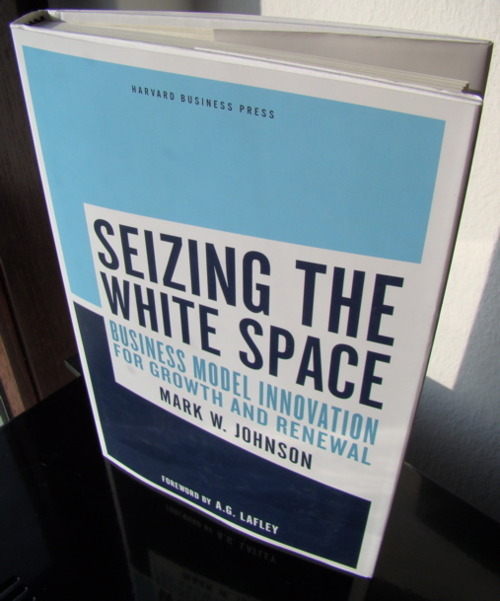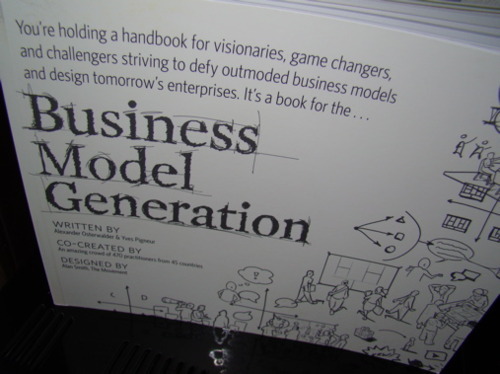
What is it about?
What have Amazon, Hilti and Hindustan Unilever in common? Each company revolutionized its business model. Mark W. Johnson studied these and more companies and found a process for business model innovation.
What can I learn?
What’s the job-to-be-done? Don’t ask your customer what he wants your product/service to be. Find out what tasks he have to do. This allows you to use your expertise to build a better solution. This will be your starting point.
How can you satisfy it? Now it’s time to build a company around your product. What are your key resources, your key processes and how can you make money out of it?
Let’s take the first business model of Amazon for example. The job-to-be-done was offering a wide range of books. You can only make profit, if enough books will be sold. Also the warehouse costs have to be reduced. Furthermore, people want to read their books as soon as possible.
To ensure that you are going to sell enough books, you have to build a platform. So the key resources and processes are the technology for warehousing, IT infrastructure for the website (channel) and a partner for shipping.
Change is hard: Often there’s a discrepancy between your company and your new business model. If possible, take the easy way and build a new company. It will save your lots of time, discussions and compromises.
Conclusion
I really like Seizing the White Space. It is more practical than Business Model Generation which focuses more on building a meta solution. There are lots of interesting case studies with uncommon companies. Furthermore, I like Johnson’s approach of Customer Development, i.e. searching a solution for the job-to-be-done and then building the rest of the company around it. Great recommendation for everyone who wants to start a company and solve a job-to-be-done.


